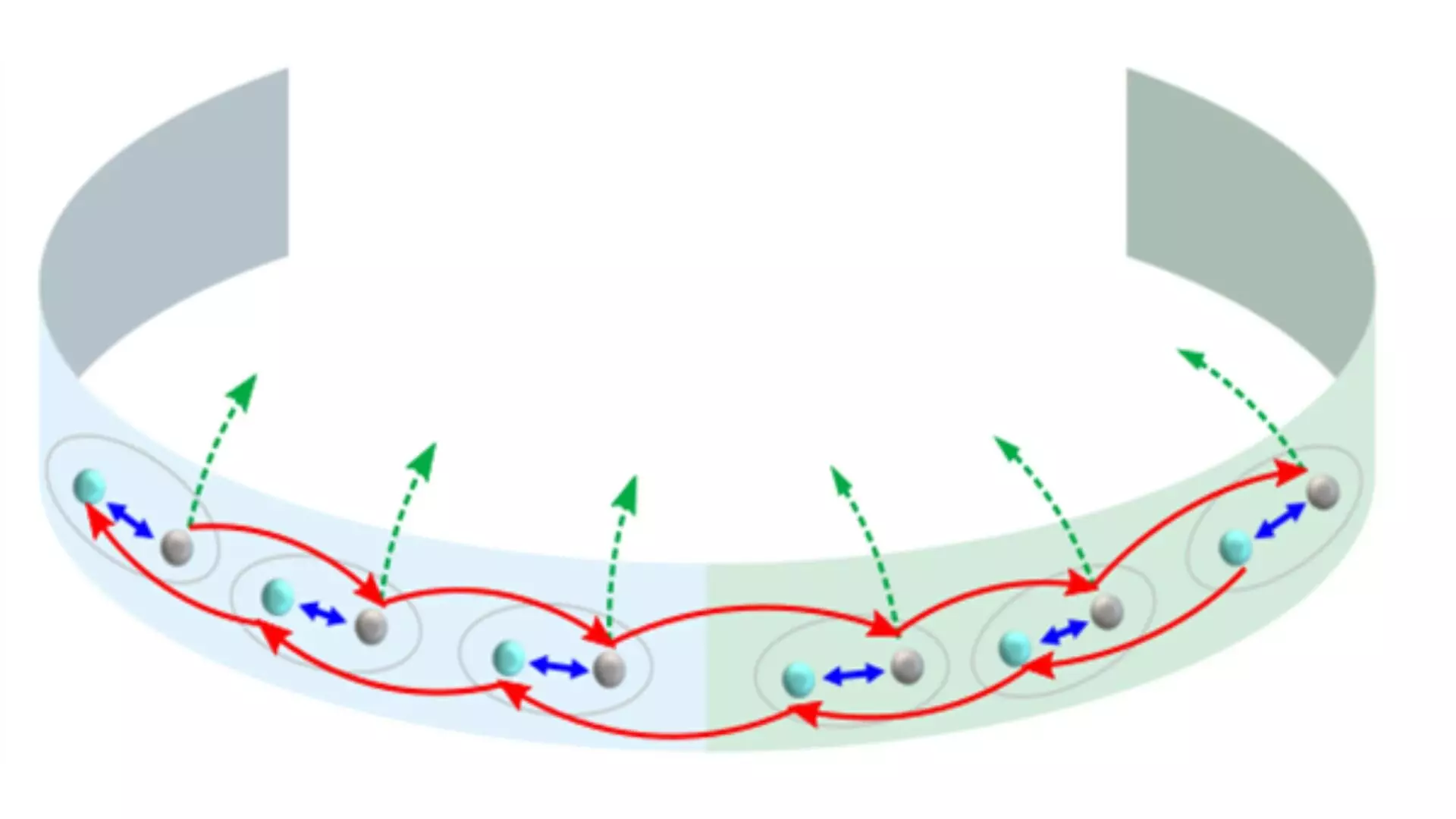In a groundbreaking study published in Physical Review Letters, scientists have reported the first experimental observation of non-Hermitian edge burst in quantum dynamics. This study utilized a carefully designed photonic quantum walk setup to demonstrate this unique phenomenon, shedding light on the distinctive behavior of non-Hermitian systems.
Non-Hermitian systems are characterized by operators that are not equal to their Hermitian conjugates, leading to complex eigenvalues. These systems exhibit behaviors not seen in Hermitian systems, such as the non-Hermitian skin effect (NHSE), where eigenstates accumulate at the edges or boundaries. The researchers aimed to explore the dynamic phenomena of non-Hermitian systems, focusing on real-time edge dynamics.
Previous studies on non-Hermitian systems have primarily focused on static properties like energy spectrum. However, the researchers in this study delved into the real-time edge dynamics of a one-dimensional quantum walk with photons. By introducing a loss mechanism at the boundary using partially polarizing beam splitters, they were able to observe the occurrence of non-Hermitian edge burst.
The researchers identified that the non-Hermitian edge burst only occurs under specific conditions. Firstly, the NHSE must be present, causing eigenstates to accumulate near the edges. Secondly, the imaginary gap in the energy spectrum must be closed, indicating a decrease in the difference between real and imaginary parts of the energy spectrum.
The study also found that the initial position of photons plays a crucial role in the intensity of the edge burst. When photons start closer to the boundary, the probability of losing a photon at the boundary increases. This observation highlights the importance of initial conditions in understanding the dynamics of non-Hermitian systems.
The experimental observation of non-Hermitian edge burst opens up new possibilities for utilizing this phenomenon in various applications. The spatial and spectral sensitivity of the edge burst could be harnessed for localized light harvesting or quantum sensing. This study paves the way for further research into the rich real-time dynamics of non-Hermitian topological systems, offering insights into universal scaling relations in non-Hermitian systems.
The study on non-Hermitian edge burst phenomena in quantum dynamics showcases the intricate interplay between topological physics and dynamic phenomena at the boundaries of non-Hermitian systems. The findings of this research have the potential to influence advancements in photonics and other wave-based fields, offering new avenues for exploration and application in the field of quantum dynamics.


Leave a Reply